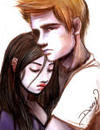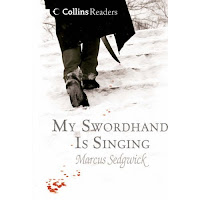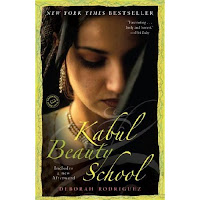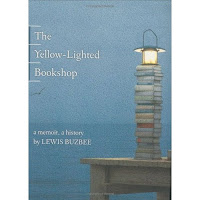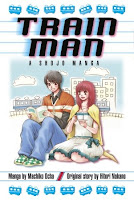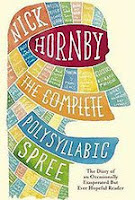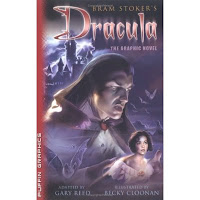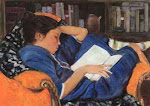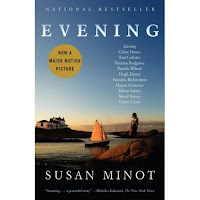 From StarMag, 25th November, 2007
From StarMag, 25th November, 2007Review by DAPHNE LEE
EVENING
By Susan Minot
Publisher: Vintage Contemporaries, 288 pages
(ISBN: 978-0099273493)
WHEN I’m on my deathbed, I wonder which of my boyfriends I’ll remember as the love of my life.
Reading Susan Minot’s Evening, it occurred to me that one might not be aware that one is experiencing true love while it is actually happening. If you have six lovers your entire life, you would surely need to have had them all before being able to rate them.
Ann Lord, dying of cancer at 65, married thrice and mother of five, is overwhelmed and overtaken by memories of Harris Arden, a man she met when she was 25.
It is the summer of 1954 and she is a bridesmaid at her best friend’s wedding. The bride’s brother comes to meet Ann at the train station and, with him, is a stranger: “She noticed his mouth was full though set in a particular firm way, the combination of which affected her curiously. She felt as if she’d been struck on the forehead with a brick.”
On reading this description, the reader is bound to think, “Ahh ... love at first sight”. But Ann ... does Ann know it’s love? And does she know she will be thinking of this man 40 years hence, while her body is being eaten by disease and her mind is filled with a jumble of words and pictures overlaid by a drug-induced fog?
Visitors come and go, the doctor drops by, her children whisper in the next room. Reality recedes and advances, and is overlaid by and inter-woven with memories, fantasies, visions and dreams.
Ann’s thoughts move seamlessly from the present to the past – Minot uses no quotation marks, which, although confusing at first, is an effective way of portraying Ann’s hazy state of mind.
She is only occasionally aware of where she is and her lives, with various men, in various houses, with various people, merge. She begins a conversation in 1954 and ends it in 1994. Her children are babies, then adults, then toddlers, and then adults again. Her husbands fill her with grief, lust, pity, disappointment, apathy. She is full, full, full of love for Harris. Three days were all they had and then there he is, again, finally. Or is he?
The drug-induced hallucinations allow Ann to return to that enchanted summer when she met a wonderful man who made her self-conscious and drop things like a nervous, lovesick schoolgirl. They allow her to revisit the past, allow him to grace the present, allow questions to be asked and answered or asked and left unanswered.
Was Harris really so lovely, his face “lit from within” or is it the morphine talking, transforming someone who was perhaps just rather sexy into a creature so sublime he eclipses everyone who came before and after?
Perhaps he was truly special. Perhaps he was, only because Ann did not see him grow old and bitter and unfaithful.
This 1998 novel was re-issued this year because a movie based on it was made. But watching the interaction on the big screen earlier this year between Claire Danes as the young Ann and Patrick Wilson as Arden, it’s hard to understand the attraction between the couple. Well, obviously, Danes is a beautiful young woman. However, Arden’s attention seems driven solely by lust. Their first meeting is unremarkable; subsequently they seem merely horny, inspired, perhaps, by fine scenery.
But the movie does not have the benefit of Minot’s fine, poetic prose, her ability to spin emotions into vivid pictures that shine with the transparent light of summer evenings and glow with the brilliance of cloudless star-filled skies.
The three days Ann and Harris shared contain a lifetime’s worth of ecstasy and agony. Doomed love usually does, the emotions experienced by its victims are intensified by the futility of the situation. What if they had never met, fallen in love and been forced by convention, good sense and misadventure to go their separate ways? What if they had not parted, but stayed together and become disillusioned and tired of each other?
Happily, the heartbreak of Ann’s loss casts a light on the shadow of her impending death. Imagined and remembered, Harris is probably better than he ever was in real life.



